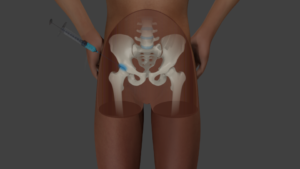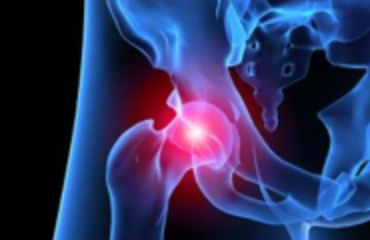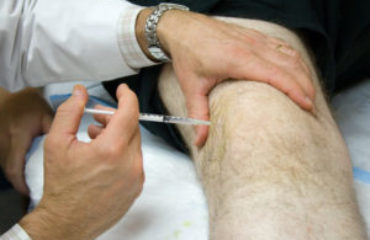Total hip replacement surgery involves removing damaged cartilage and bone from a painful hip and replacing this with prosthetic components. The hip is a ball-and-socket joint, with the ball being the head of the femur (thigh bone) and the socket being a portion of the pelvic bone. Also called total hip arthroplasty (THA), hip replacement is typically done because of damage from arthritis. The main part of the hip replacement process is rehabilitation.
 Before Surgery
Before Surgery
Rehabilitation begins before your total hip arthroplasty. A physical therapist teaches you about what to expect from the surgery and gives you exercises to precondition your body. Flexibility and strengthening maneuvers are used to make your recovery easier. The therapist may do a home visit to advise you on how to make your environment safe for your recovery.
Immediately after Surgery
Right after a total hip replacement, you will have some weakness, numbness, itching, soreness, pain, and stiffness of the hip and leg. Postoperative pain can continue for up to 6 weeks. However, this is managed using a variety of techniques and medications. Right after surgery, you are monitored in the recovery area for 1-2 hours before being moved to a hospital room.
Rehabilitation continues after surgery. A physical therapist will teach you how to put weight on the affected leg, how to use an assistive device (crutches, walker, cane), and how to move from bed to chair, and up from a chair. The therapist will not allow you to turn the leg inward, cross your legs, or bend forward more than 90 degrees.
Hospital Care
While in the hospital, your physical therapist will visit you 2 times each day and help restore function and prevent injury to your new hip. The therapist continues to work with you to learn how to turn in bed, how to walk with the assistive device, and how to perform a range of motion and strengthening exercises.
Subacute Recovery
Whether you are moved to a skilled nursing facility or return home, physical therapy continues. You progress to walking, climbing stairs, transferring from a car, increasing balance, and full movement of the new hip. Specific muscle strengthening exercises are used to improve standing and walking ability.
Once your new hip is strong, you are encouraged to fully bear weight on the hip and walk more. The physical therapy sessions continue to focus on stretching, mobility, and strength. The therapist aims to return you to your pre-surgery functional status and improve your quality of life. After 6 weeks, you may be allowed to climb ladders, lightly job, pull carts, and lift objects.
Normal Activities
As soon as the orthopedic surgeon gives you the go-ahead, you can return to usual and normal activities. This means you can walk as much as you wish, swim after sutures are removed, and participate in golf, cycling, and household chores. Return to driving, sexual activity, and air travel will depend on your rehabilitation success.
You are permitted from doing some things after a total hip replacement. To ensure proper healing and prevent hip dislocation, don’t:
- Try to pick something from the floor while sitting.
- Cross legs at the knees for at least 8 weeks.
- Lean forward while sitting.
- Bend at the waist beyond 90 degrees.
- Reach down and pull up blankets when lying in bed.
- Turn feet inward when you bend down.


